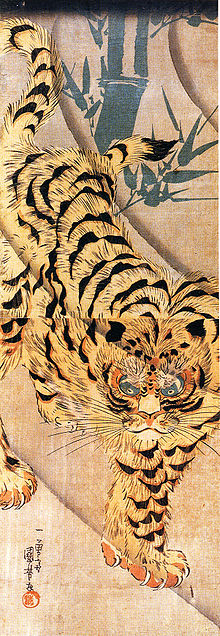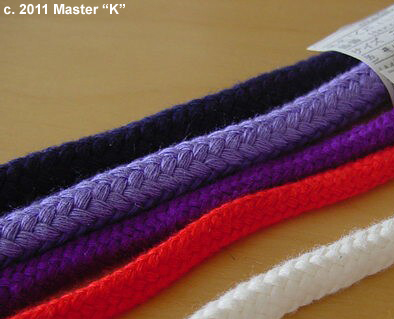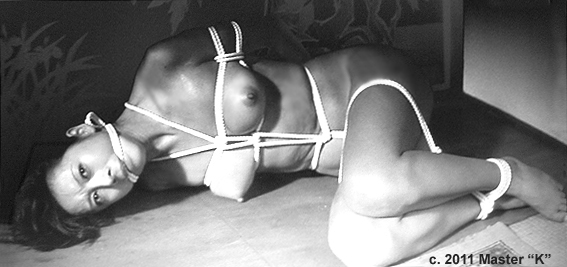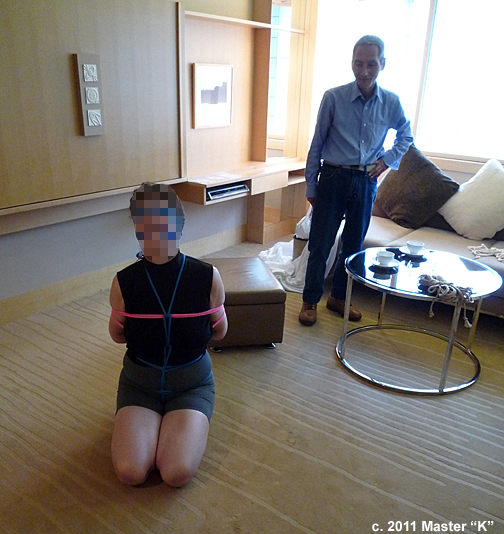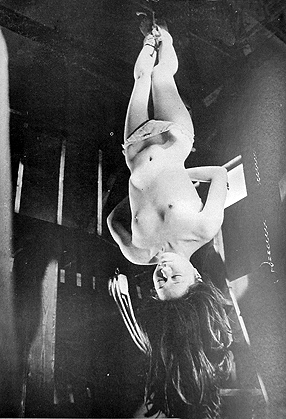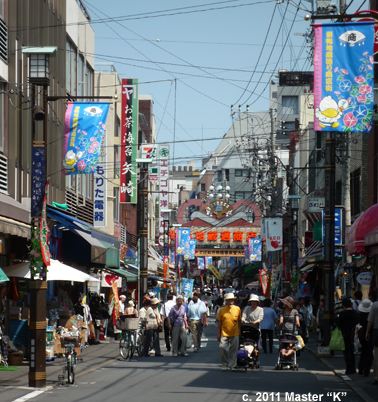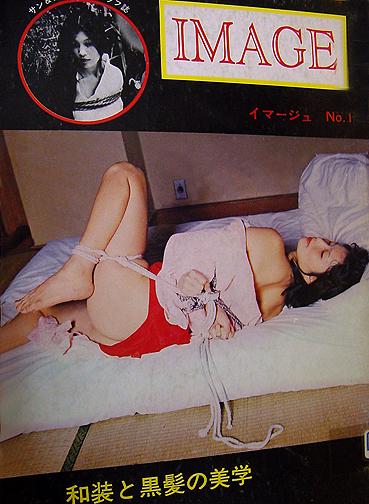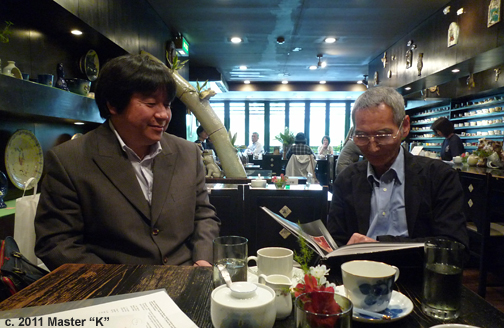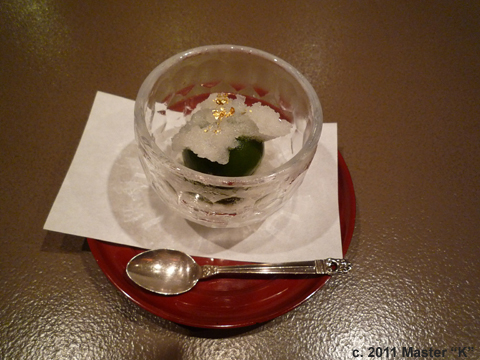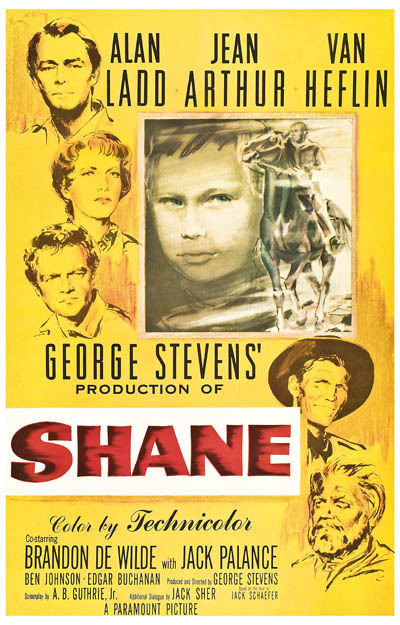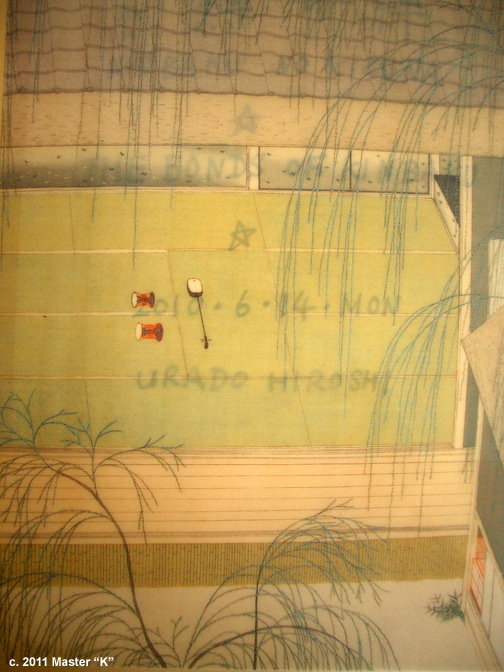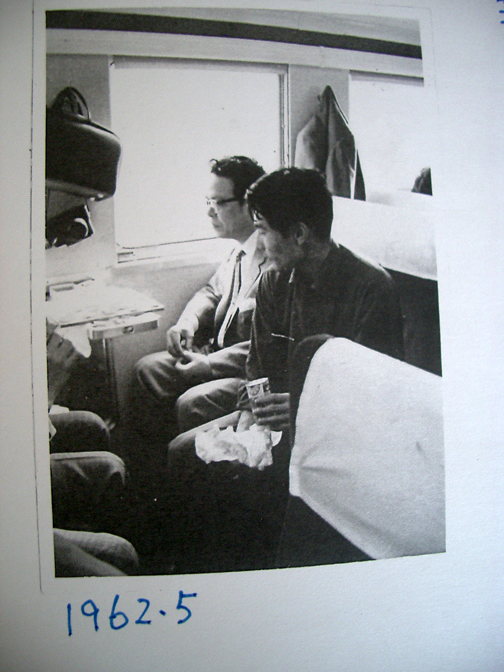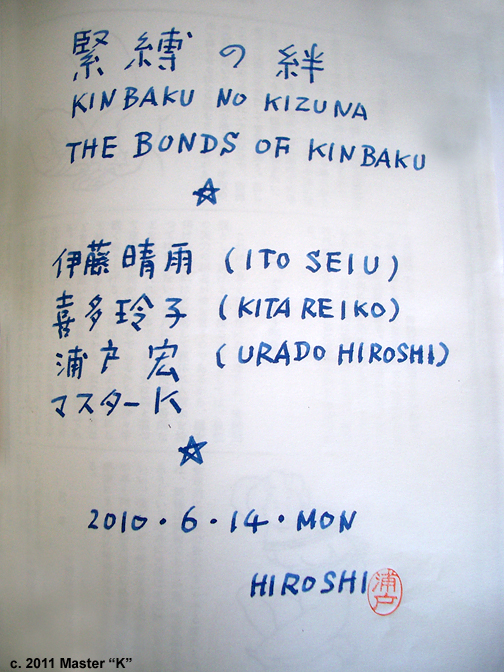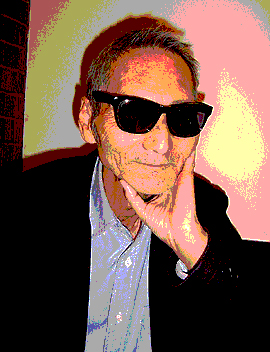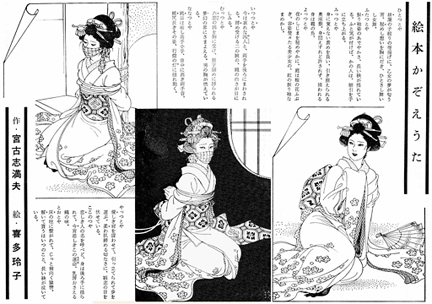The Beauty of Kinbaku
Or everything you always wanted to know about Japanese erotic bondage when you suddenly realized that you didn't speak Japanese
Meetings With Remarkable Men
A Trip to Japan - Meetings with Remarkable Men # 4a -
Urato Hiroshi, the great Nikkatsu rigger
by Master "K"
It was clear to me from the moment of our first meeting in Tokyo that Urato Hiroshi was a special individual. Kind, extremely polite, extraordinarily humble and remarkably giving of his unique knowledge of kinbaku in general and of the specifics of his specialty of movie rigging in particular, he is a most impressive man. A few moments after his arrival in my suite and despite the differences in our ages we were soon conversing as colleagues with a shared passion and not as strangers from different countries; such are the bonds of kinbaku.
During that first meeting Urato was kind enough to present a demonstration of his unique style of tying. I say unique because it's a type of kinbaku that's full of subtle surprises and often untraditional in approach. For instance, the rope Urato prefers to use is a soft cotton woven in what is called a regatta braid. This allows it to be both strong and soft and it has the added advantage of being very easy to work with. Running Urato's ropes through my hands made me think of reports I'd read of hojojutsu (the feudal Japanese martial art of capturing and binding prisoners) and how "practice" cords were often made of silk for ease of use and speed in repeated tying and untying.
late, great Minomura Kou would employ something similar but only if a model was especially sensitive. I can confirm this since I have in my collection numerous examples of Minomura's kinbaku and there are more than a few images that show what looks to be cotton rope. Of course, the secret is the regatta braid which prevents the cord from stretching, a serious danger when doing suspensions.
Our guest model was a bit taller than the average Japanese but this didn't seem to phase the 80 year old master. He set to work and as he began to tie I was amazed to note two things:
1.) Despite his age, his vigor and energy were astonishing and ...
2.) He began by doing a tie that I had first came across in his landmark 1972 kinbaku instructional book "SM Play: You Can Play SM" which he had also used in one of his Nikkatsu Studios assignments (for the complete history of Nikkatsu Studios and their SM/kinbaku oriented films please see "The Beauty of Kinbaku").
And here are photos of each separated in time by over 40 years.
I call this tie the "V" shape gote shibari and it's a simple, elegant pattern that's typical of Urato's kinbaku. It's also interesting to note the use of the white cotton cord in the Nikkatsu movie still (above). The character being bound is the virtuous wife of an abusive husband and the white rope subtly contributes to this characterization.
After being released our model reported with surprise that this was one of the more restrictive ties she'd ever been in. It was simple but also powerful.
Urato then proceeded to talk about the difficult suspensions he'd done in his film work and wanted to demonstrate one technique he'd used, by himself and without assistants, to put his often nervous actresses in the air for the dangerous and dramatic upside down, vertical (sakasa) suspensions that the Nikkatsu film scripts sometimes called for.
My student and friend Zetsu and I watched in amazement as the 5 ft. 80 year old bakushi began to lift our far larger than the usual Japanese model into a fireman's carry as a first step to doing this suspension! Needless to say, we quickly stepped in and assured Urato that we "got the idea." Astounding!
From this first most pleasant encounter other meetings were soon arranged and to my absolute delight Urato volunteered to guide us on a trip to the Kanda area of Tokyo, famous for it's used book stores; more than several of which specialize in books, magazines, DVDs and paraphernalia relating to SM and kinbaku.
work on his legendary magazine Uramado years ago. Looking over the photos, Urato went to great pains to point out to me how elegant and simple this great bakushi's ties were; classic and elemental. By contrast, Urato confessed that he didn't care for many of the more modern rope masters. "They use too much rope," he would say with a dismissive, "What are you going to do?" shake of his head. "Minomura sensei would NEVER approve."
On subsequent days Urato was kind enough to guide us through Meiji University's famous Edo era criminal museum (please see post 3a in this series for the details of this interesting visit) and he also offered to come along to a meeting with my Japanese publisher in order to assist in the translation of any kinbaku related matters, either practical or historical. After all, Urato Hiroshi was there at the beginning of commercial SM publishing in Japan. More than this he is also very aware of the Japanese literary scene in general since, in addition to his kinbaku efforts, he was involved in publishing historical texts on the Meiji era during another phase of his career.
His help was most welcome at the meeting and again when, at his recommendation, we retired to lunch at a wonderful restaurant that dates back to the era of the shoguns! In those days the clientele included men who worked in government (the "bakufu") for the Tokugawa military ruler but then later plotted for the restoration of the Meiji emperor. Fascinating and how typical that Urato would know of this place!
The meal was authentic, remarkable and even included a dessert decorated with a bit of authentic gold leaf!
On the way home we began to talk about movies. At first the conversation concentrated on Urato's over 40 film career for Nikkatsu and it became very clear to me that he considered his job for this company as more than that of just a "rigger." Of course, the safety of his bound performers was paramount and Urado was very blunt when he told me, "I couldn't have considered myself a professional had there been an injury."
However, he also felt his job was more than just, "the guy doing the bondage" and that his choice of ropes and ties could add an important creative element to the films he worked on. Many of the directors he collaborated with relied on his input to stage and photograph their kinbaku scenes and Urato is justifiably proud of being the one to suggest that legendary actress Naomi Tani wear a bridal gown for a famous scene in the most successful Nikkatsu SM film (and fifth most successful Nikkatsu film of all time!), "Wife to be Sacrificed."
This ability to visualize his kinbaku in filmic terms was probably due to the fact that Urato had always wanted to be a film director and so he brought that vision to his creative rigging. It's also the reason why, after the end of the Nikkatsu era, Urato found it difficult to just use his skills for ordinary magazine or adult video work and preferred to fade from the SM scene and move into other endeavors.
However, he still is an ardent and knowledgeable movie fan and claims to attend over 100 films every year! As I soon found out he especially loves the classics.
Alas, all good things must come to an end and as I prepared to leave Japan Urato called to say he'd like to come over to bid farewell. Frankly, I dreaded this goodbye because I had come to truly like, admire and venerate this man.
Our meeting was held, in true Japanese fashion, over tea. In accordance with tradition I had brought a gift but one with a little Western twist. Knowing Urato's passion for film I had brought movie passes to his favorite theater instead of sweets.
He had brought something quite extraordinary.
He placed on the low table a beautiful sea green colored folder. The cover was almost transparent and through the delicate design of an empty tatami room I could see writing.
Of course, because of our modest amount of time together, I knew that this unbelievable gesture wasn't the same as Minomura's link to Itoh Seiyu or Urato's to Minomura or, in our own day, my good friend Osada Steve's long connection to his kinbaku mentor, the great Osada Eikichi but still ...
To say I was overwhelmed would be an understatement and words really cannot adequately express the depth of my feelings. It is an honor I certainly don’t deserve.
We bid our farewells by bowing low to one another as the long, lingering summer twilight began to fade into night. I look forward to meeting this wonderful, generous and remarkable man again soon.
Please note: no part of these articles may be reproduced by any means without the express written consent of the author or the publisher, King Cat Ink.
Please join me next time as my adventures in Japan continue and I meet with two of the most successful younger kinbaku masters, Naka Akira and Arisue Go!
In addition to strength and softness, Urato also mentioned that his cotton cords could be dyed in more vibrant colors than the usual hemp/jute asanawa (kinbaku rope) could take which meant that he could use it as a dramatic accent or even as a type of "costume" in his film work (see the image below for an example of this).
I asked him if any other bakushi he knew ever used this type of cord and he replied that his mentor, the
The best of these stores are a treasure trove of old, out of print and hard to find materials and Urato was invaluable in pointing us in the right direction for useful buys. Sometimes these involved magazines Urato himself was involved in (see "Image" magazine below) and more than once a flurry was created when the store's management suddenly realized who the significant person was that had just dropped in with his American visitors.
As our walk continued, we passed a little shop that specialized in movie posters, both Japanese and American. In the window was a poster for the American western"Shane." As the reader might remember, this wonderful film stars Alan Ladd as a mysterious stranger who protects a decent frontier family from a gang of vicious gunmen and in so doing becomes the object of hero worship for the family's young and impressionable son. Of the film's many fine scenes perhaps the most moving is the ending where Ladd rides off into the sunset and the boy is left tearfully calling his name.
We stopped to look at the poster and without a word Urato turned to me and, in a thin reedy voice, called out mournfully, "Shane!" All at once the 80 year old bakushi was a boy again. I'll never forget this moment.
Inside were half a dozen sheets of paper which I learned came from Urato-san's own collection of kinbaku materials.
Some showed the work of Itoh Seiyu, the father of modern kinbaku. Others were lovely reproductions of the work of Urato's mentor Minomura Kou.
And there was even a photograph of the young Urato (looking very handsome -- no wonder all those actresses loved him!) riding on a train with Minomura on a trip they took together long ago.
Finally, there was a single sheet in Urato's own hand. On it he had listed 4 names in the following order: Itoh Seiyu, Minomura Kou (AKA Kita Reiko, Minomura's "artist's" name), his own and ... mine.
He explained that given what he now knew about me from our time together and, through my book, about my work he felt we shared a common artistic goal with our kinbaku and so he wanted me to be his artistic successor.
I can honestly say his words took my breath away. In Japan it is traditional for artists of all sorts (actors, painters, bakushi, etc.) to pass on their names, as well as their techniques and artistic "legacies" to disciples or students. This was Urato Hiroshi's parting gift to me.
